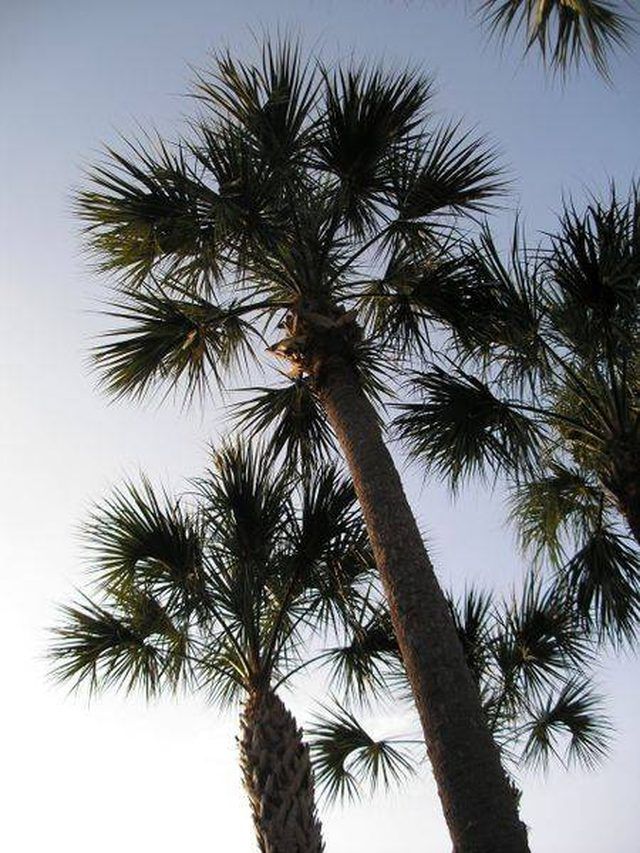Bulbs
Flower Basics
Flower Beds & Specialty Gardens
Flower Garden
Garden Furniture
Garden Gnomes
Garden Seeds
Garden Sheds
Garden Statues
Garden Tools & Supplies
Gardening Basics
Green & Organic
Groundcovers & Vines
Growing Annuals
Growing Basil
Growing Beans
Growing Berries
Growing Blueberries
Growing Cactus
Growing Corn
Growing Cotton
Growing Edibles
Growing Flowers
Growing Garlic
Growing Grapes
Growing Grass
Growing Herbs
Growing Jasmine
Growing Mint
Growing Mushrooms
Orchids
Growing Peanuts
Growing Perennials
Growing Plants
Growing Rosemary
Growing Roses
Growing Strawberries
Growing Sunflowers
Growing Thyme
Growing Tomatoes
Growing Tulips
Growing Vegetables
Herb Basics
Herb Garden
Indoor Growing
Landscaping Basics
Landscaping Patios
Landscaping Plants
Landscaping Shrubs
Landscaping Trees
Landscaping Walks & Pathways
Lawn Basics
Lawn Maintenance
Lawn Mowers
Lawn Ornaments
Lawn Planting
Lawn Tools
Outdoor Growing
Overall Landscape Planning
Pests, Weeds & Problems
Plant Basics
Rock Garden
Rose Garden
Shrubs
Soil
Specialty Gardens
Trees
Vegetable Garden
Yard Maintenance
Cabbage Palm Tree Facts
Cabbage Palm Tree Facts. The cabbage palm tree is a familiar sight throughout the southern United States from Florida to California, along sea shores and as a fine landscaping tree. This handsome tree is one of the most storm resistant trees and is beneficial to people and wildlife alike.

The cabbage palm tree is a familiar sight throughout the southern United States from Florida to California, along sea shores and as a fine landscaping tree. This handsome tree is one of the most storm resistant trees and is beneficial to people and wildlife alike.
History
Early settlers of the southern United States were sustained in part by the heart of the cabbage palm, a native to North America. Settlers frequently made a cabbage palm stew which is still made in some parts of Florida.
Description
On average, the height of the cabbage palm tree is between 30 and 40 feet, and its crown is between 10 and 15 feet wide. In summer, the cabbage palm tree blooms creamy flower stalks that are 4 to 5 feet long. After blooming season, the tree develops shiny, greenish-black fruits which are avidly sought as food by wildlife.
Hardiness
The hardiness zones of the cabbage palm tree are zones 8B through 11 (see Resources). It is relatively resistant to pests, although it can sometimes be bothered by the giant palm weevil or cabbage palm caterpillar. It is also disease resistant but occasionally can be infected with ganoderma butt rot disease.
Considerations
Because of its ability to withstand hurricane force winds and tropical storms, the cabbage palm makes an attractive tree for residents of hurricane zone areas.
Fun Fact
The cabbage palm tree is the official state tree of Florida and South Carolina.